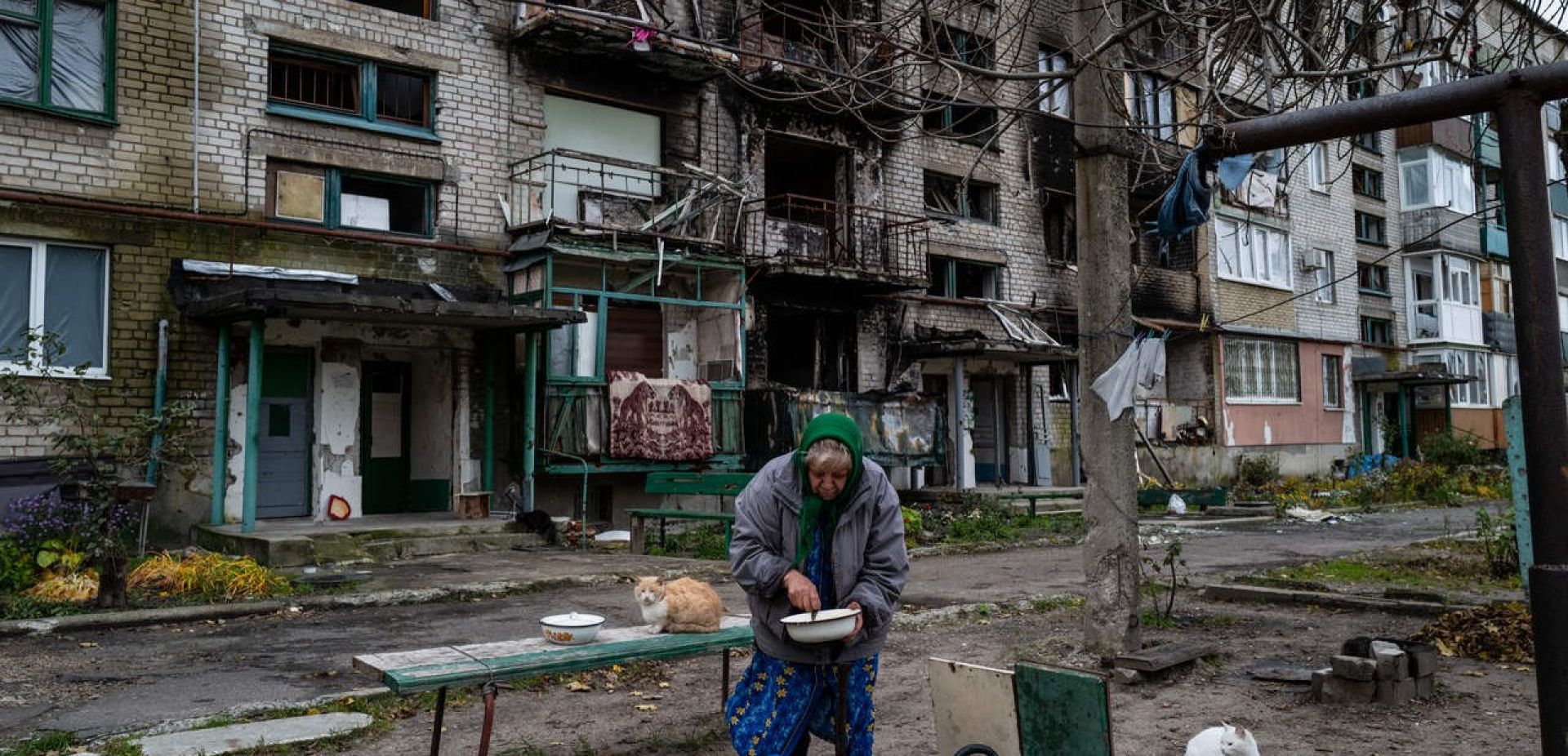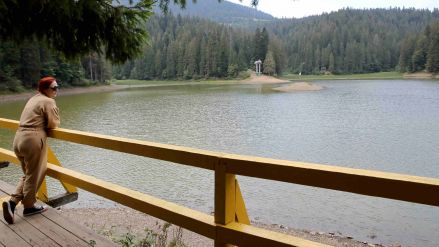
Four hundred and forty-seven bodies of civilians and soldiers were found in the forest. Many of those people were killed by Russian gunfire, but some of them were tortured to death. Nearby, at the verge of the forest, there were Russian military trenches and equipment pits; also here and there were the remnants of military food allowance called “Fraternity of peoples”.
 SIGN UP TO OUR PAGE
SIGN UP TO OUR PAGE
 Very few children are left in Kharkiv: school education did not start there, and those people who could, have taken their families to safer regions of Ukraine, where children can study in peace. However, the Art Zone in the city centre is crowded even in the evenings. Entering there from an empty and dark street, it seems that we are entering a different reality - noisy and bright. The Art Zone is located underground, which is why it is popular as a venue for various cultural events. For several days, during which we had the opportunity to observe the life of the city, we watched classes and workshops for children, public discussions and meetings taking place there. The organisation "Fifth Kharkiv", operating under wartime conditions, recently organised there a literary festival of the same name and still regularly organises artistic events (the name of the organisation refers to the words of Yuri Shevelyov, an outstanding Ukrainian linguist from Kharkiv, who argued that in the past Kharkiv was undergoing through three phases of its existence, today it is the fourth, and the fifth was his dream of a city in independent Ukraine).
Very few children are left in Kharkiv: school education did not start there, and those people who could, have taken their families to safer regions of Ukraine, where children can study in peace. However, the Art Zone in the city centre is crowded even in the evenings. Entering there from an empty and dark street, it seems that we are entering a different reality - noisy and bright. The Art Zone is located underground, which is why it is popular as a venue for various cultural events. For several days, during which we had the opportunity to observe the life of the city, we watched classes and workshops for children, public discussions and meetings taking place there. The organisation "Fifth Kharkiv", operating under wartime conditions, recently organised there a literary festival of the same name and still regularly organises artistic events (the name of the organisation refers to the words of Yuri Shevelyov, an outstanding Ukrainian linguist from Kharkiv, who argued that in the past Kharkiv was undergoing through three phases of its existence, today it is the fourth, and the fifth was his dream of a city in independent Ukraine).
Many interlocutors say the summer “has passed them by”, they haven’t gone anywhere but they intend to do so after the victory – to Crimea.
see more



